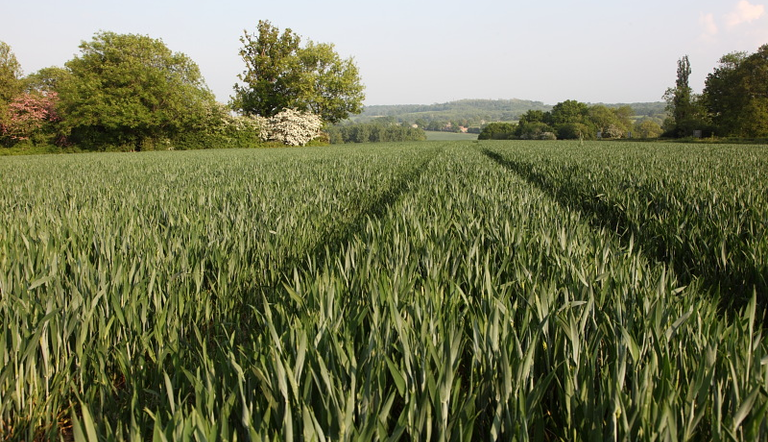
T2: the timing for wheat disease control

T2 fungicide treatments are vital to ensuring wheat yields are protected, as it is this timing which protects Leaf 1 and Leaf 2 – themselves contributing up to 70% of the final yield potential.
Following another dry April, some crops (particularly in the North and West) have received a decent amount of rainfall in the past week to 10 days. Whilst this precipitation will be a welcome relief for those growers with lighter, more drought-prone soils, it could spell danger as any rainfall at this stage in the cropping cycle has the potential to exacerbate the development and spread of diseases such as septoria and rusts.
A well-timed T2 treatment should therefore be applied when the flag leaf is fully emerged on the main tillers and should be robust enough to provide good protection against septoria and rusts (in particular brown rust which can be prevalent from this stage onwards).
Don’t forget the folpet
To provide the very best levels of protection and to safeguard the yield potential of crops which may already have some disease on lower leaves, T2 sprays should include three modes of action: an azole, an SDHI or Qil fungicide (e.g. fenpicoxamid) and a multi-site (folpet).
Whilst the azole and SDHI components will provide strong protection against septoria and other fungal diseases, the efficacy of these single-site actives is under pressure as a result of sensitivity shifts in the septoria population. As a new active ingredient, fenpicoxamid isn’t yet under the same pressures as the more established azole and SDHI chemistries, but it is also a single site active and must therefore be protected. A combination of active ingredients including folpet should therefore be used to slow the erosion in efficacy of these ‘at risk’ chemistries.
Adding ARIZONA to Revystar at T2 produced an average 0.24t/ha yield increase across 19 independent field trials conducted in 2021-22.
Compatibility counts
In addition to its ability to protect single-site active ingredients, folpet also delivers a positive yield response by providing cost-effective additional efficacy against septoria and rusts.
Crucially, folpet also provides the added advantage benefit of not interfering with the curative kickback activity of partner products: the ability of azoles, SDHIs and Qil fungicides to move into the leaf is important at T2 in order to achieve curative control of potential latent septoria infection on the upper leaves, especially leaf 2 which will have remained unprotected until this timing. It is therefore vital to ensure that any tank mix partners don’t compromise the uptake of these fungicides: ARIZONA is therefore the ideal T2 tank mix partner as it does not antagonise the uptake of azoles, SDHIs or Qil fungicides and can be included in the tank mix without affecting their curative activity.
Key disease prevention messages at T2 |
|
ARIZONA® (500g/l folpet) is a unique multi-site protectant fungicide for wheat and barley, providing an anti-resistance strategy for the control of septoria and a range of other cereal diseases.